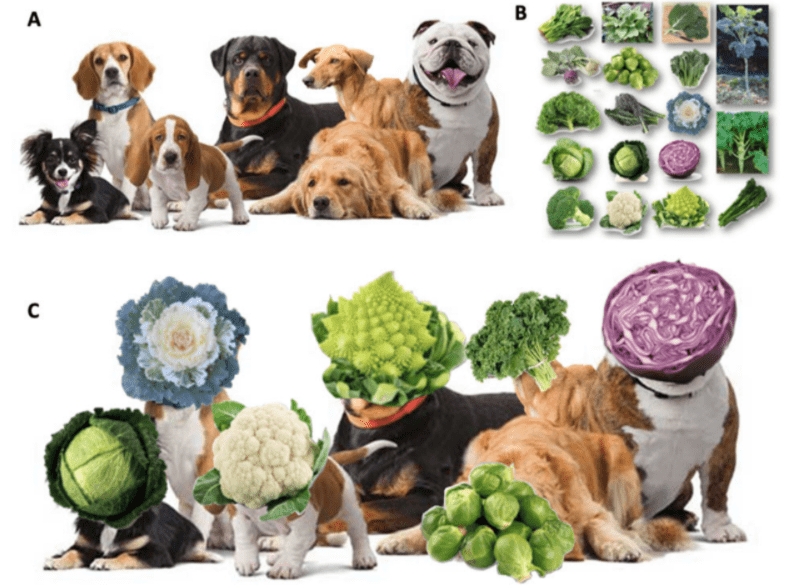A Colgate-led biology symposium on canine research has led to the publication of a special issue of Integrative and Comparative Biology, focusing on the special qualities of dog research and how the species is a perfect launching point to teach many facets of the discipline.
“They are the one species that has accompanied humans for the longest period of time,” says Associate Professor of Biology Ana Jimenez, who put together the symposium and helped assemble and edit the special journal issue. “You can say a lot about a species if you can follow its ancestry in close proximity to ours. So, that makes it very interesting in every branch of biology.”
The idea for the symposium became clear for Jimenez as she was teaching her First-Year Seminar, FSEM 127: It’s A Dog’s Life.
“I talk about every branch of biology and how dogs fit into it,” Jimenez said, adding that it occurred to her that it could be exciting to gather together professors from around the country who are conducting research related to canine biology.
Symposium participants produced research from a wide array of biological areas of inquiry centered around canines, including genetics, ecology, evolution, exercise, bonding with humans, and how the human-dog relationship has evolved.
Caleb Bryce, Ph.D., of the University of California–Santa Cruz, co-organized the research symposium with Professor Jimenez, as his work applies wildlife conservation questions with real-world applications. Specifically, Bryce has conducted several interdisciplinary research projects related to carnivore movement ecology, population dynamics, foraging success, and community composition at local and regional scales.
Bryce explains that, due to their ubiquity and availability, dogs provide an ideal model for study. In addition, says Bryce, “they are the oldest domesticated species; they are the most phenotypically variable mammal — the genetic underpinnings of this immense diversity sparks curiosity and research interest, particularly in students — and they can have measurable impacts on wildlife populations through predation, competition with native predators, and disease transmission. With this single model organism, students can learn a tremendous amount of information across numerous biological disciplines, including evolution, genetics, cognition, behavior, physiology, comparative medicine, and ecology to name a few.”
Bringing all of that research together as a possible model for teaching biology seemed obvious to Jimenez, as it was clear from each of the 11 papers presented that dogs served as an ideal launchpad for interdisciplinary inquiry and discovery.
“Our hope is that all the different branches of biology can start talking to each other using dogs as a model system, so we can answer more complicated questions together,” Jimenez says. “You can make the argument that a lot of people love dogs, so it could be a conduit for making biology more accessible.”
